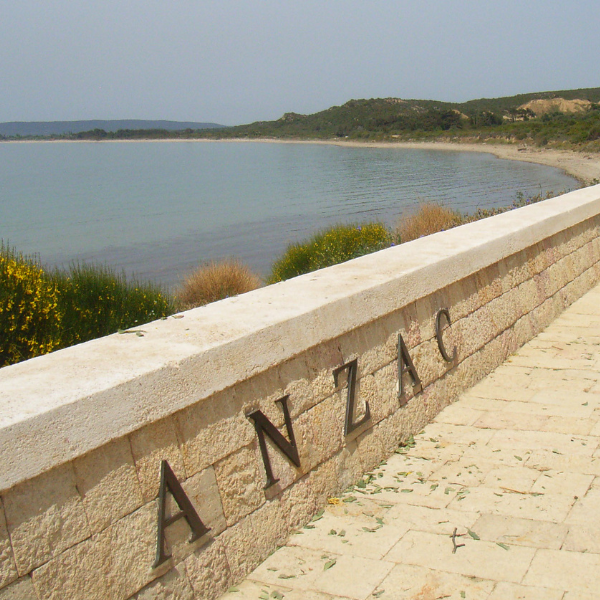

As we gather to commemorate ANZAC Day, a day of remembrance for the Australian and New Zealand Army Corps who served in conflicts, it’s crucial to reflect on the diverse roles played by individuals during the tumultuous years of World War I. While the spotlight often shines on the bravery of soldiers charging into battle, let us not forget the silent architects of warfare: land surveyors. Amidst the chaos and devastation of the Great War, these unsung heroes quietly toiled, their expertise in mapping terrain and understanding topography proving indispensable to the war effort.
From 1914 to 1918, as the world was engulfed in conflict, the demand for accurate maps and precise measurements became paramount. Land surveyors, with their specialized knowledge, became invaluable assets to military commanders. Their task was monumental: charting enemy territory, identifying crucial landmarks, and delineating battle lines. In the trenches of the Western Front, where the horrors of war were most palpable, surveyors played a vital role in ensuring the strategic positioning of defences. Their meticulous work helped mitigate the risks of enemy attacks and provided vital intelligence for advancing troops.
But their contribution extended beyond the frontlines. Land surveyors were also instrumental in post-war reconstruction efforts, using their expertise to rebuild devastated landscapes and infrastructure. In the aftermath of war, their mapping skills facilitated the restoration of order to war-torn regions, paving the way for the return to civilian life.
Today, as we pay tribute to the sacrifices of those who served, let us also remember the quiet dedication of land surveyors who mapped their way through the chaos of war. Their unwavering commitment to precision played a pivotal role in shaping the course of history and securing victory for the Allied forces. On this ANZAC Day, let us honour these unsung heroes whose contributions, though often overlooked, left an indelible mark on the annals of warfare.
